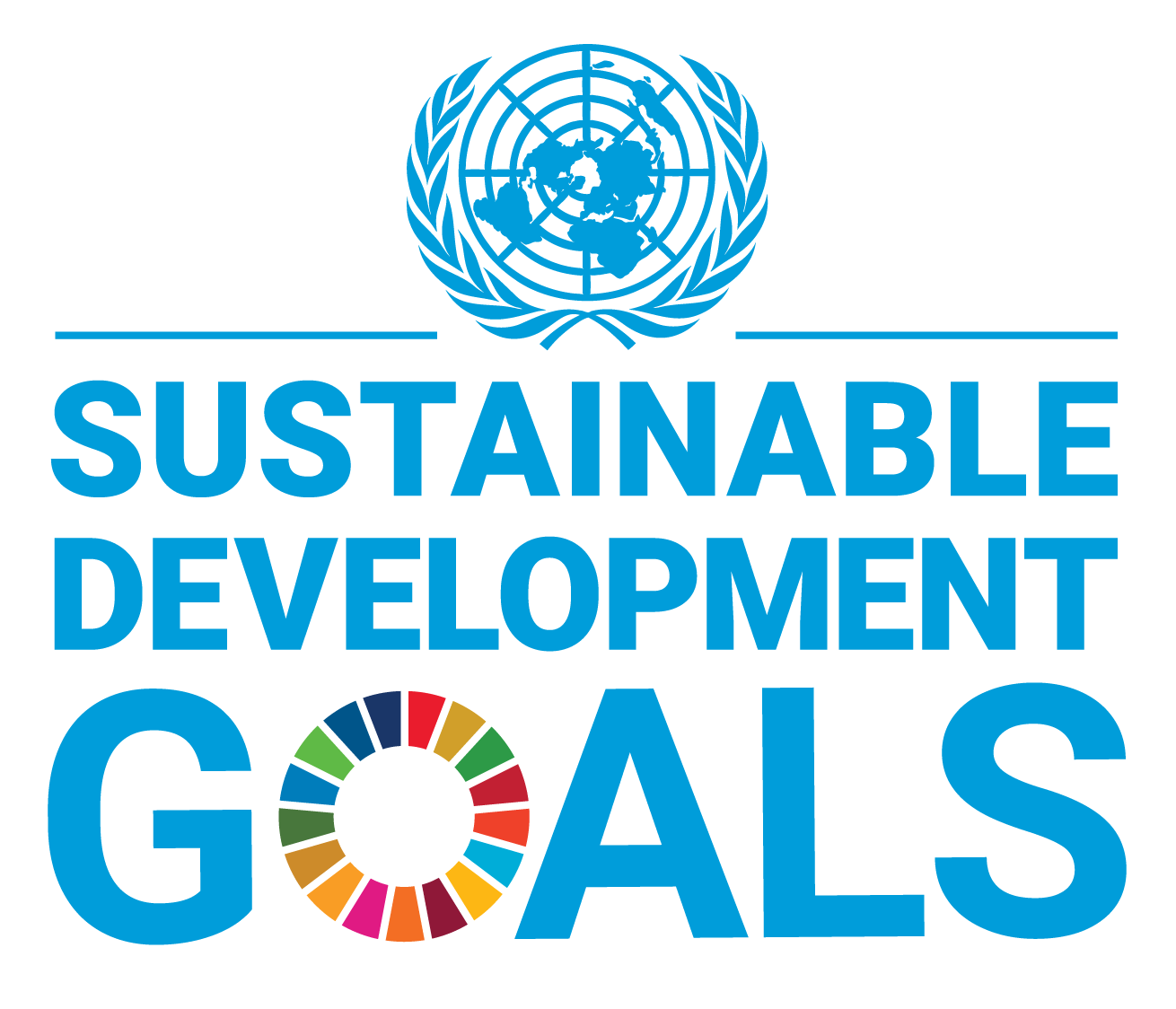SDG 11.4.1

11.4.1 永續實踐的目標
Sustainable practices targets
本校鼓勵學生使用公車到校,因此已規劃讓公車可進入校園;另也鼓勵學生使用電動車,完成規劃電動車充電樁,預計2024年12月完成。
The school encourages students to use buses to get to school, so we have planned to allow buses to enter the campus. We also encourage students to use electric vehicles and have completed the planning for electric vehicle charging stations, which is expected to be completed by December 2024.
中長程校務發展計畫 Medium and Long-Term School Development Plan
分項計畫P20: 永續校園發展計畫 Sustainable Campus Development Plan (Page 135)
將校園打造成綠色校園學習環境為主軸,訂定各項執行策略及具體作法,改善相關硬體設備,提升現有建築能效等級。
To establish a green campus learning environment as the main goal of CHU, and to formulate various implementation strategies and specific measures. Improving equipment and upgrading energy efficiency of existing buildings.
- 2022-12-15 113-117年度中長程校務發展計畫(520工程計畫)472254737.pdf
子計畫P20.2: 智慧校園與節能環境計畫 Smart Campus and Energy-saving Environment Project (Page 136)
本計畫旨在將校園打造成以節約能源為主軸,凝聚節能減碳共識,建立「永續節能、享受永恆」的觀念,以期能達到永續校園之綠色大學的境界。同時,為配合本校2040年完全碳中和之目標,本計畫將執行相關減碳策略與行動方案,努力實踐本校碳中和目標,善盡本校社會責任。
This plan aims to build the campus into a campus with energy conservation as the main axis, to build consensus on energy conservation and carbon reduction, and to establish the concept of "sustainable energy conservation and enjoyment of eternity" to achieve the state of a green university with a sustainable campus. At the same time, to cooperate with the school's goal of complete carbon neutrality in 2040, this plan will implement relevant carbon reduction strategies and action plans, strive to achieve the school's carbon neutrality goal, and fulfil the school's social responsibility.
資料連結 Information Links
- 各階段之中長程校務發展計畫(研發處) 中長程校務發展計畫 - 中華大學 Chung Hua University
- 112年度校務營運績效報告書(研發處) 387781053.pdf
更新日期 2024(113)-11-08 Updated



